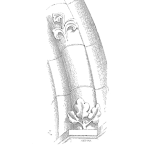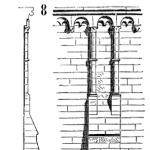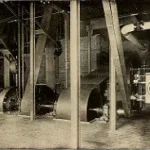
Leading with Purpose and Clarity
In any organization, the absence of clear direction can lead to confusion, inefficiency, and stagnation. Direction setting—the process of defining a vision, establishing goals, and communicating a clear path forward—is one of the most critical functions of leadership. When done effectively, it empowers teams, drives progress, and ensures that everyone is working toward a shared purpose.
[Read more…]













 Ask a question or send along a comment.
Please login to view and use the contact form.
Ask a question or send along a comment.
Please login to view and use the contact form.